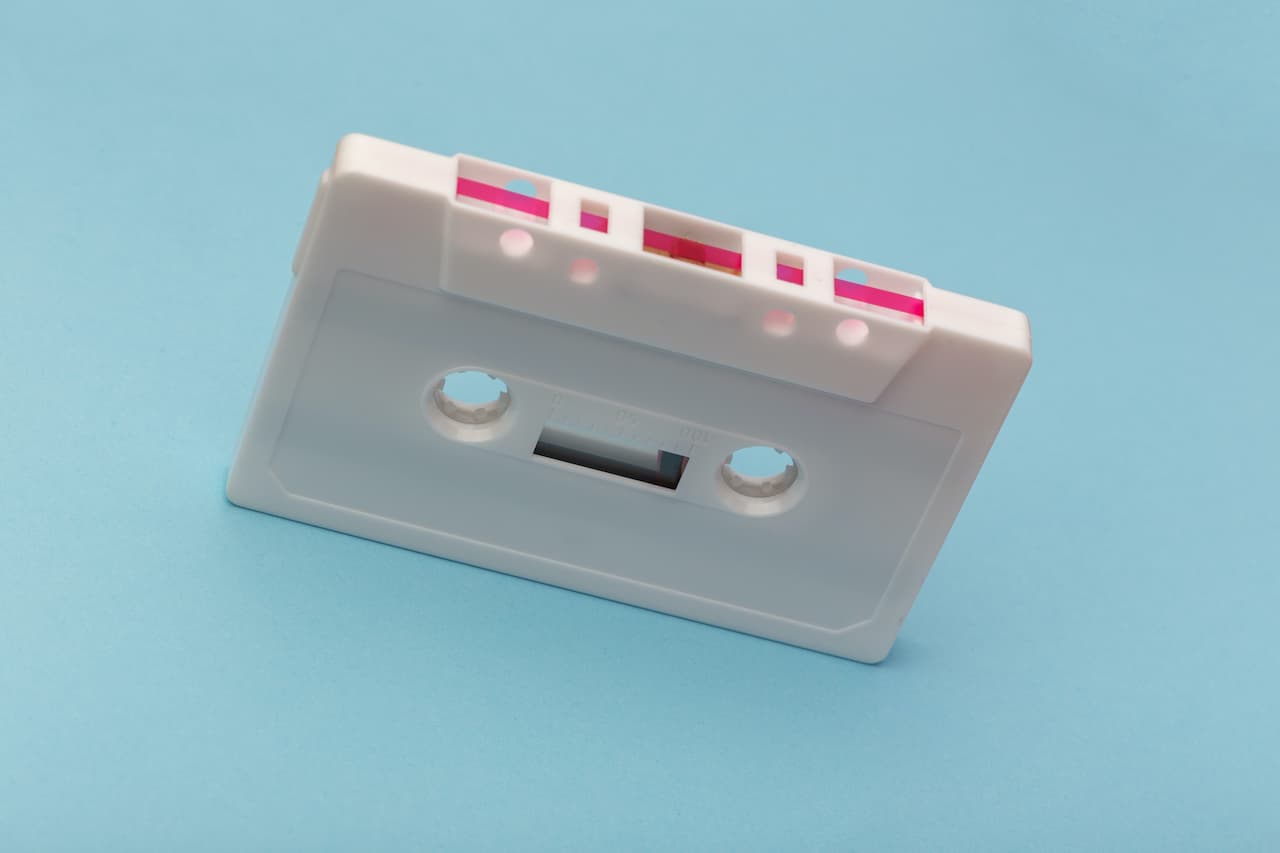While today we are not surprised to hear voices or melodies recorded, a couple of centuries ago we couldn’t even dream of it. Over time, the recording device became available to some nobles. And only after a long period to everyone else. Let us tell in detail how it all began and how it developed.
Mechanical sound recording
Sound recording was invented for the first time in 1877. The famous phonograph was presented to the public by the American Thomas Edison. He showed that it was easy to reproduce human speech. It only required special rollers, which were deliberately covered with tin foil. Their cylindrical shape was hollow and no more than 5 cm in diameter. The length of the device reached 12 cm.
The first test of the device was carried out according to a strictly calibrated scheme. The foil was tightly stretched on the cylindrical form, and the needle was brought to its surface. With the slow rotation of the knob a miracle happened: Edison’s voice was recorded on the device. Then the famous phonograph withdrew the needle and returned the cylinder to its original position with the knob. When the needle hit the marked groove, Edison gently began to scroll the cylinder. A children’s song, which had been performed live two minutes earlier, began to be heard from the horn.
As early as 1885, Charles Tainer, the American inventor, introduced the graphophone. It is the same phonograph, but with a foot drive like a modern sewing machine. Teiner replaced the rollers with a wax element. When Edison heard about the new invention, he bought a patent for it. In its original version with some minor additions the device existed until the end of the first decade of the twentieth century. Then came the recorder and the gramophone.
Magnetic Sound Recording
In Denmark, the famous engineer Voldemar Paulsen, another experimenter and inventor of sound recording, invented the telegraph. This device was capable of recording sounds on wires made of steel. The device was inconvenient to use, because the wire carrier needed to constantly connect disparate elements. It was impossible to bind them into a knot because they would not go through the magnetic head. The wire got tangled and the tape hurt my hands.
The inconvenient device was replaced by magnetic recording, which is a recording fixation by rotating the head in a spiral. This was already very similar to the floppy disk and hard disk drives that are now ubiquitous on computers. The first answering machine was implemented.
In 1927, magnetic tape was introduced. But it was not magnetic-based at first. In 1941 a ring head based on a magnet was tried. It was now possible to engage in multiple playback of sounds. The first tape recorders appeared as reel-to-reel recorders. Magnetic tape became popular in all countries. The two-track tape recorder appeared in 1957, later the four-track recorder.
Optical recording
At first, tape recorders were tube recorders. It was only much later that the world heard of the transistor recorder developed by Sony. Then there were the reel-to-reel recorders. They didn’t last long. They were quickly replaced by cassette recorders. All this happened in just two years: from 1961 to 1963. Sony also worked on portable players that acted as players. Electric-powered, digital-recording tape recorders followed.
Philips in 1969 released the videodisc, which was first a laser recorder. LD discs became popular based on it. People watched various movies directly. The diameter of an LD disc was only 30 cm. It was based on two pieces of plastic that were neatly glued together.
CD-ROM disks were first created to store optical format records in numerical code. But later the format was extended. It was already possible to store any information in binary code. Thus came the era of computer programs, games and multimedia applications.

MP3 format
In 1995 the Fraunhofer Institute of German Integrated Circuits started to use the .mp3 extension to mark a new standard for data transfer. The format was excellent for transferring audio files over slow response communication networks. At first, these were telephone networks.
Later, new standards emerged which made it possible to compress audio in the most efficient way. Such a format was close to MP3. The latter, in turn, gave rise to the active development of the media industry. Radio and CDs were no longer difficult to listen to. But later digital players overshadowed everything else with their novelty.
The file extensions that appeared were already encoded according to new rules. Scientist Karlheinz Brandenburg actively started looking for ways to compress audio efficiently. Three years later, the institute where Brandenburg was employed received computers of increased power. They allowed for calculations that the human brain could not do instantly. Along with this, multiple experiments with sound were conducted. The result of his labors was a well-deserved patent for a scientist.
MP3 became a sought-after format. The community could easily and quickly transmit songs over dial-up. Later came Napster, and with it digital piracy flourished. Musicians could effortlessly distribute their works online, and ordinary people exchanged their favorite songs.
And in 2001, Steve Jobs introduced the iPod. It was already possible to store as much as 1000 songs of the musical genre. The rise in popularity of such devices led to a situation where the music industry had to do something about the free exchange of songs. Streaming music services began to grow by leaps and bounds. And all thanks to the invention and mass introduction of Karlheinz Brandenburg’s ingenious invention.

